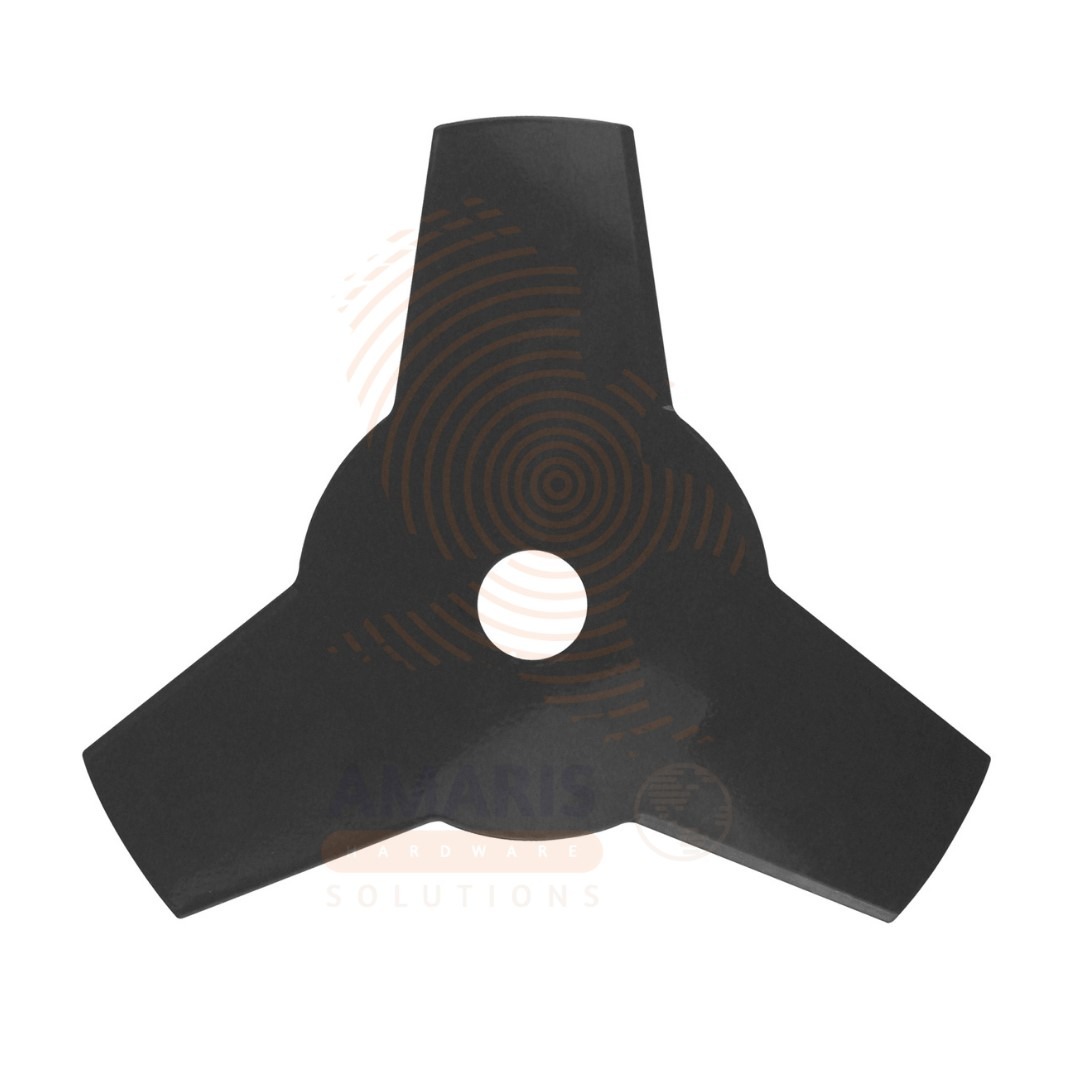An exploration of the history and cultural significance of wool bonnets, focusing on the evolution of string types and their practical applications in various regions.

The wool bonnet is a traditional headwear item with a rich history, evolving over centuries in different cultures and climates. Wool bonnets have been widely used, not only for warmth but also for cultural and symbolic reasons. In this exploration, we will focus on the history and cultural significance of wool bonnets and examine how the types of strings or ties used to secure them have evolved across regions.
Evolution of String Types and Ties
An important but often overlooked feature of wool bonnets is the string or tie used to secure them under the chin or around the head. These strings not only added practical functionality by keeping the bonnet in place but also evolved to reflect regional variations and social customs.
- Cords and Leather Ties (Medieval Europe)
- In colder regions like the Scottish Highlands, bonnets were tied with cords made from wool, leather, or sinew. Leather ties were durable and resistant to wet conditions, which was essential in the often rainy and windy Scottish climate. These ties could be simple or more elaborate, depending on the wearer’s status.
- Woolen Ribbons (17th-18th Century Europe)
- As wool bonnets became more refined in Europe, particularly in the 17th and 18th centuries, the strings used to tie them evolved into decorative ribbons made from finer wool or even silk. In French and British aristocratic fashion, for example, women’s bonnets often featured luxurious silk ribbons, which were tied in elaborate bows beneath the chin.
- In regions like Scandinavia, however, practical woollen strings remained popular. In Norwegian and Swedish folk costumes, wool bonnets were tied with braided wool cords, which were often dyed in bright colours, reflecting the region’s folk traditions.
- Functional Ties (Colonial America)
- When settlers from Europe arrived in North America, they brought woollen bonnets with them, adapting them to the harsher climates of the New World. In colonial America, wool bonnets often featured simple woollen or linen ties, used by both men and women for practicality. The ties were often long and could be fastened securely under the chin, making them ideal for rural life.
- Lace and Decorative Strings (19th Century)
- By the 19th century, wool bonnets had become fashionable accessories, particularly in rural areas of Europe and North America. This period saw the rise of lace-trimmed wool bonnets, with delicate lace ties replacing the earlier utilitarian strings. These bonnets were often worn by women as part of traditional dress, such as in regions like the Swiss Alps or in Amish communities in North America.
- The use of decorative lace and silk ties in wool bonnets demonstrated a fusion of functionality and aesthetic appeal. These ties added a soft, feminine touch while still being useful in securing the bonnet.
Practical Applications and Regional Variations
The design and use of wool bonnets and their strings or ties varied according to regional climates and social customs. Below are some notable examples:
- Scotland: Tam o’ Shanter and Highland Bonnets
- The Scottish tam o’ shanter, traditionally made from wool, featured a tight-fitting band with a loose crown, often adorned with a pom-pom. The strings or cords used in Highland bonnets were typically leather or braided wool and were meant to be practical, securing the bonnet during windy weather.
- The bonnet became a symbol of Scottish identity, particularly in the military, with the tam o’ shanter being part of the Scottish regiment uniform, though strings fell out of use in military variants.
- Norway and Sweden: Folk Bonnets
- In Scandinavia, wool bonnets were worn as part of folk costumes and were often tied with colourful woollen cords. These ties were not only functional but also served as decorative elements, with specific colours and patterns signifying different regions or social statuses.
- Iceland: Skotthúfa
- In Iceland, a woollen headgear known as “skotthúfa” was traditionally worn by both men and women. The skotthúfa often featured a long woollen tassel or cord, which hung down the back rather than being tied beneath the chin. These bonnets were functional for keeping warm in Iceland’s harsh climate and were made in a way that allowed for versatility in wear, depending on the weather conditions.
Cultural Significance
Wool bonnets have played a significant role in cultural identity, particularly in regions with harsh winters. They have been used to symbolise various things, from national identity (as seen in Scottish Highland bonnets) to class distinctions (with more ornate versions worn by wealthier women in Europe). The evolution of their strings and ties further highlights how the design of even the simplest clothing item can carry deep cultural meaning.
In some regions, such as Scotland, wool bonnets became part of military attire and symbols of national pride. In Scandinavian countries, their use in folk costumes preserved cultural heritage, connecting people to their ancestral roots.
Conclusion
The history of wool bonnets, particularly their strings and ties, reflects a fascinating blend of practicality, cultural expression, and regional adaptation. From simple leather cords used in mediaeval Europe to the decorative silk ribbons of the 19th century, the evolution of these ties mirrors broader changes in fashion, technology, and cultural identity. Today, wool bonnets continue to be worn in traditional ceremonies and by enthusiasts of historical clothing, maintaining their connection to both function and fashion across centuries.


















